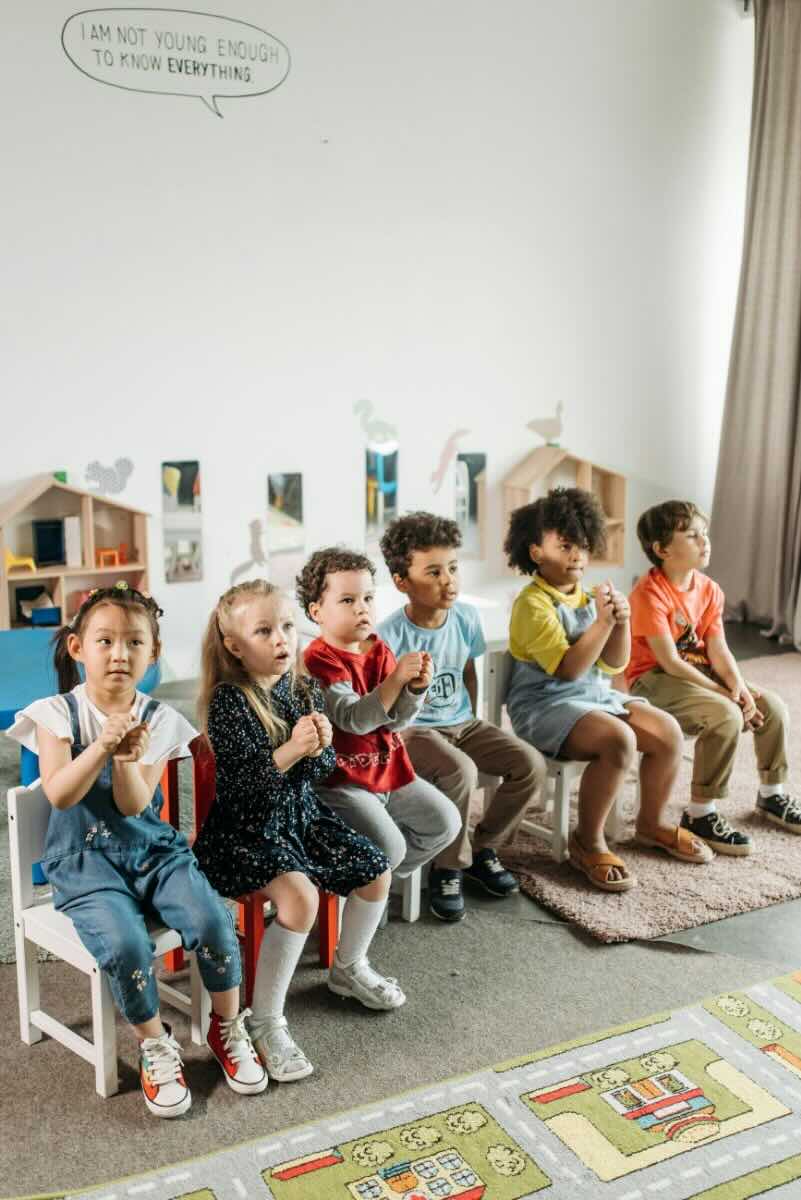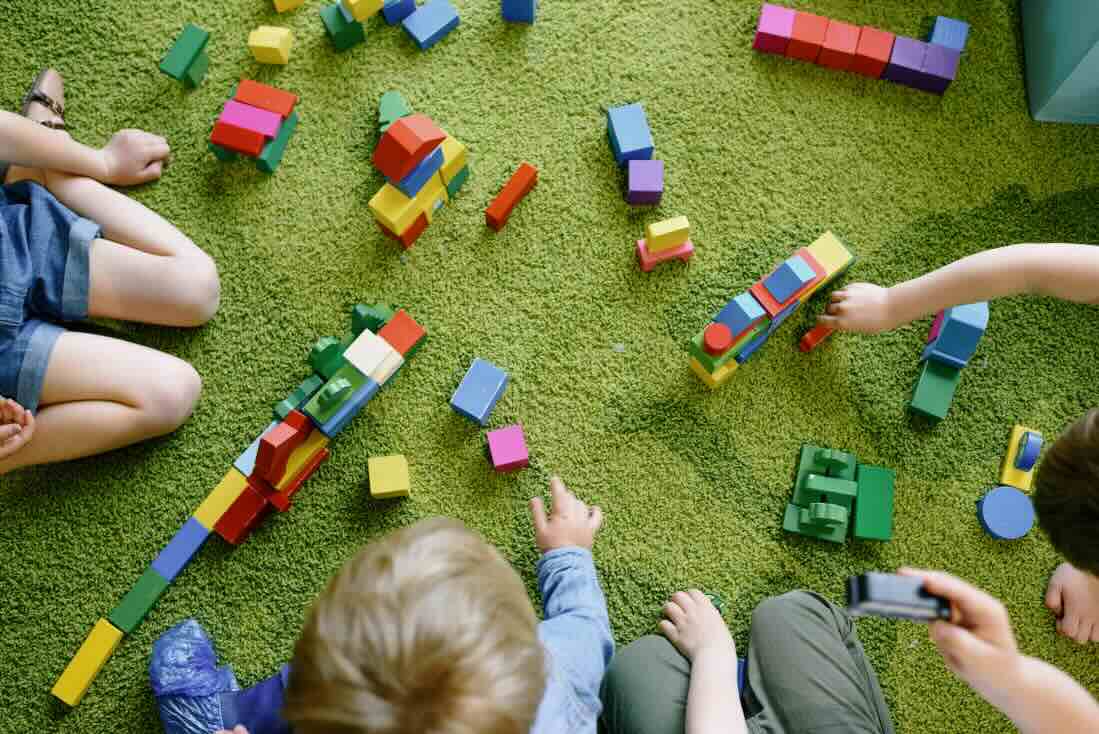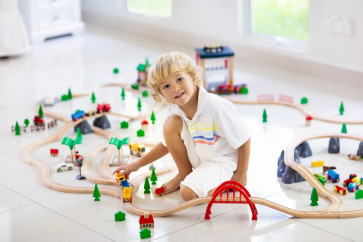People often consider classroom rugs as a basic element of school décor, but their impact on education extends far beyond aesthetics. These rugs are vital in creating an environment conducive to learning and play, providing both psychological comfort and educational stimulation to young learners. This blog post explores the multifaceted benefits of incorporating classroom rugs into educational spaces.
Creating a Safe and Comfortable Learning Environment

One of the primary benefits of classroom rugs is the physical comfort they provide. Rugs can transform the hard surfaces of typical classroom floors into soft, welcoming areas where children feel comfortable to sit, play, and learn. This is important for young children who spend a lot of time on the floor during activities such as reading, group discussions, and educational games.
Moreover, rugs add a layer of safety to the classroom. They help cushion falls and reduce the risk of injuries, making them indispensable in early childhood education settings. The non-slip backing often found on high-quality classroom rugs also helps prevent accidents, ensuring that children can play and move about safely.
Enhancing Sensory Experiences
Classroom rugs are not just functional; they are also sensory tools that contribute to a child’s learning experience. Rugs with bright colors, interesting textures, and educational patterns (such as letters, numbers, or geographic maps) stimulate children’s visual and tactile senses. This sensory engagement is crucial in early education, as it helps to anchor learning activities in tangible experiences, making abstract concepts more concrete and understandable for young minds.
Facilitating Better Acoustics
Rugs naturally absorb sound, which significantly improves the acoustics within a classroom. This reduction in echo and background noise is particularly beneficial in active learning environments where discussions, storytelling, and group work are common. Better acoustics allow for clearer communication between teachers and students, aiding in effective teaching and helping students focus better on lessons without the distraction of reverberating noise.
Defining Learning and Play Areas
Classroom rugs help delineate specific zones within a larger space, which can be useful in open-plan learning environments. By placing a rug in a designated reading corner or a group activity area, teachers can signal to children that each area has a specific purpose. By using this zoning technique, teachers can help students understand what activities are expected in each designated area, thereby managing classroom behavior, reducing overall classroom chaos, and maintaining an organized learning environment.

Supporting Inclusion and Accessibility
For children with sensory processing disorders or those who require accommodations for effective learning, classroom rugs can be invaluable. The tactile and visual boundaries of a rug help these children understand space and positional cues, which are important for their comfort and participation in activities. Rugs also provide a softer, more predictable surface for children who may experience anxiety or discomfort on harder flooring.
Promoting Social Interaction
A well-placed classroom rug can encourage social interaction and cooperative learning. When children gather on a rug for a story or a class discussion, the informal setting helps them feel relaxed and open to communication. This facilitates better interaction, teamwork, and social skills, which are essential components of educational success.
Conclusion
Classroom rugs are more than just floor coverings; they are dynamic tools that enhance educational outcomes and foster a nurturing environment. By improving safety, comfort, sensory experiences, and social interaction, rugs play a crucial role in supporting both the psychological and educational development of students. Investing in a high-quality classroom rug is an investment in a child’s learning journey, making it a wise choice for any educational setting.












